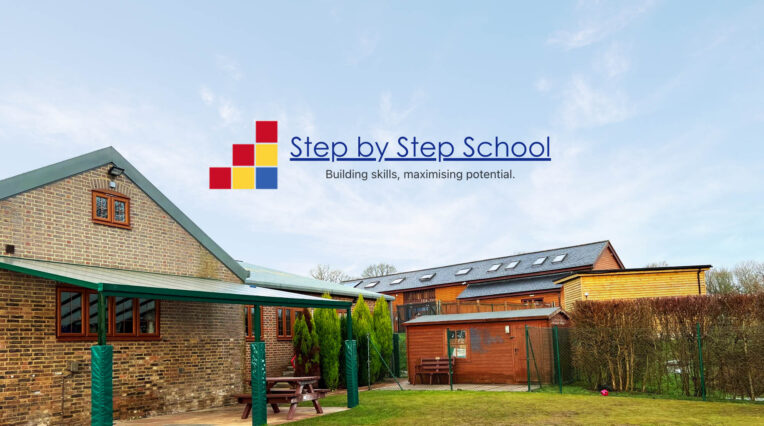Website optimisation | 17/01/2018
New year, new site?
A new year brings new opportunities. It’s a time for brands to reflect on last year’s successes and come up with targets and resolutions for the year ahead. One of those resolutions might be to rebuild your website to update your online presence and set you apart from your competitors.
Getting a new website is an exciting prospect, but it can also be quite daunting. You want to maximise your investment and build a site that will look good, perform well in search results and drive more leads or revenue long-term.
Where do you start? It’s all about planning.
The research and analysis you do upfront will help you build a site that is going to be useful for your audience, set up well for improved SEO visibility and optimised for improved user experience.
Have a clear understanding of your target audience and what you want them to do on the site. Consider a survey to understand what is really important to your customers and what they might want to see from your content and website.

Look at your competitor’s websites, as well as the market more generally, to understand where there could be gaps and opportunities. We’d always recommend a full review of what is working on your existing site and what could be improved, so be sure to spend time looking into your analytics data. One thing I see frequently is brands not considering SEO at the start of the process, involving an expert after developers have been appointed and the site is in construction.
A new site is a great time to look at the pages present and the structure of these pages to maximise SEO visibility. Carry out some search term research to see how people are searching for your products or services. Create a sitemap that will provide targeted pages for search, as long as this makes sense from a user perspective too. Look at ways you can add pages, split content down into more targeted pages, or bring pages higher up in the site hierarchy.
Another key part of your planning should be your developer brief.
Even before you appoint a designer and/or developer, it is important to get SEO advice from a technical and functional point of view. Outlining technical SEO requirements upfront means everything gets scoped into the initial project costs. You want to avoid unforeseen costs creeping in at development phase.
There are a number of features you should be aware of to help gain an advantage in organic search results. Today’s ever-evolving results are littered with local results, knowledge panels rich cards, featured snippets, carousels, AMP pages, etc., so there is lots of opportunity. Make sure you are future-proofing your site as much as possible.
Once you’ve thought about target audience and objectives, worked on a good site architecture and written a comprehensive brief, you can then think about finding your development partner!
When building the site, you will need to input into wireframes and design as well as copywriting and page optimisation. In order to maximise your rankings, ensure that your new pages are as well optimised as your existing site, or even better optimised! Ensure page titles, meta descriptions, headers, content and images are unique and optimised for important keywords.
The next most important aspect is the actual migration.
When migrating a site, 301 redirect mapping is crucial. List all your URLs in a spreadsheet and map these on a page-by-page basis to the new URL. Use Google Analytics and Google Search Console to help pull out all of your landing pages and review your backlinks to help prioritise pages based on traffic as well as links.
301 redirect mapping is probably the most time-consuming part of your migration, but perhaps the most important. You should be prepared for some fluctuations at launch, but you want to minimise any negative impact on your rankings, traffic and conversions, so be sure to allow enough time for this stage.

The final stage is to launch your new site!
Ensure tracking and goals are set up and your developers fully test the redirects prior to launch. Keep a very close eye on the site over the next few weeks and be proactive to fix any errors if they arise.
Finally, remember you don’t have to do all of this yourself. If you need a little expert help, we can support with planning, content and optimisation, as well as redirects and the final launch, to ensure you get the right advice and reassurance on your investment.
Find out more about how our team can support your website migration, or get in touch to have a chat about your specific requirements.





